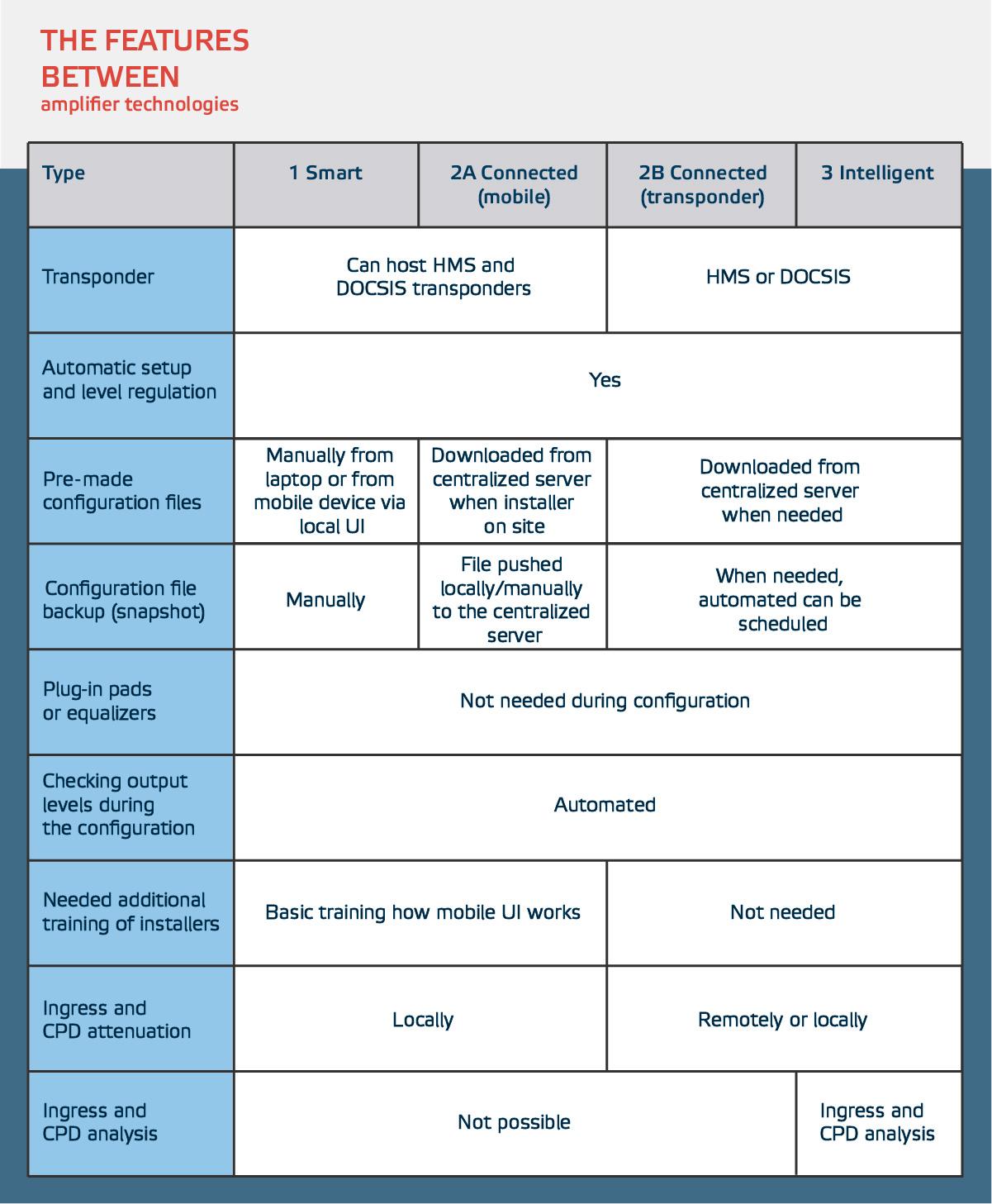As we embark upon DOCSIS 4.0 rollouts, leveraging intelligence and automation within cable networks presents formidable opportunities for our industry. Over the past 15 years, Teleste has witnessed the progressive evolution of network intelligence, from our own pioneering strides, to the establishment of standardized information models for smart amplifiers by SCTE in 2023. Today, it’s abundantly clear that harnessing intelligence within networks is no longer optional—it’s imperative. This evolution goes beyond just keeping up with technological advancements; it’s about optimizing the returns on investments in next-generation networks. Put more directly, it involves enabling substantial network upgrades despite having a limited number of skilled field technicians.
However, it also seems that some questions persist regarding the essence of network intelligence, the functionalities of intelligent network devices, and the tangible benefits that operators can derive from their deployment. Addressing these uncertainties is crucial for fostering a deeper understanding of the transformative potential intelligence has in cable network evolution.
To shed light on the matter, Teleste offers a comprehensive breakdown that illuminates the practical implications of network intelligence. This breakdown is structured around key features, as detailed in the table below. The underlying premise of this categorization is that all amplifiers—whether labeled as smart, connected, or intelligent—share certain common attributes. These include automated setup and level regulation, and the elimination of plug-in pads or equalizers during initial configuration. However, distinctions arise in the degree of intelligence attributed to each amplifier category, with varying levels of sophistication across additional features.

For those readers seeking a deeper understanding of the comprehensive features of intelligent amplifiers, I recommend exploring the full article on the Teleste website. Here I want to highlight the key operational benefits each of the amplifier categories offers to operators, especially related to the DOCSIS 4.0 upgrades ahead.
- Smart amplifiers: Streamlining installation with automationAt the basic level of amplifiers, automated features are used during setup and configuration. These features significantly reduce manual work, particularly in large-scale networks, expediting deployment and maintenance activities. Beyond time-efficiency, automated operations ensure precise and consistent configuration of amplifiers in accordance with network design rules. This not only mitigates the risk of errors but also enhances network performance and reliability.
- Connected amplifiers: Centralizing management through communication
Within a subset of smart amplifiers, the ability to communicate with the devices – via either transponders or mobile connectivity – enables remote management. While utilizing the mobile connectivity still necessitates on-site visits, the ability to read information from the amplifier and adjust settings is always accessible when the transponder module is in use. This allows for centralized management activities that enable swift responsiveness to service issues and changes in demand and bolster operational agility. - Intelligent amplifiers: Embracing proactive approach to service quality
Representing an advanced tier of connected amplifiers, intelligent amplifiers not only host transponders but also can perform upstream measurements. By supporting advanced upstream analysis, these amplifiers can identify and address access network issues such as ingress and Common Path Distortion (CPD) in real-time. This proactive approach to service quality management prevents potential issues from escalating, averting service outages, and optimizing network performance. Moreover, by minimizing churn rates and enhancing revenue streams over time, operators can realize substantial long-term benefits.
From reduced manual configuration and troubleshooting work to improved efficiency and reliability of the network, each category of amplifiers presents distinct outcomes in terms of operating costs and capital expenditure. As we transition to the DOCSIS 4.0 era, it becomes elemental for operators to formulate a strategy of network intelligence level aligned with their upgrade plans. Only this way can they fully capitalize on the opportunities presented by the next-generation networks and ensure the feasibility and success of their rollouts in the evolving landscape of our industry.
About the author
Steve Condra, Director, Engineering and Product Management of Teleste Intercept
Steve Condra has more than 30 years of experience in the Telecommunication industry. He spent 16 years with AT&T, Bell Labs, and Lucent Technologies primarily in outside plant design, manufacture, and installation. In addition, he spent 18 years in the Cable TV industry with Scientific Atlanta, Cisco, and Teleste primarily in HFC infrastructure including R&D and Product Management. Steve earned a Bachelor’s and Master’s degree in Mechanical Engineering from the University of Missouri.






